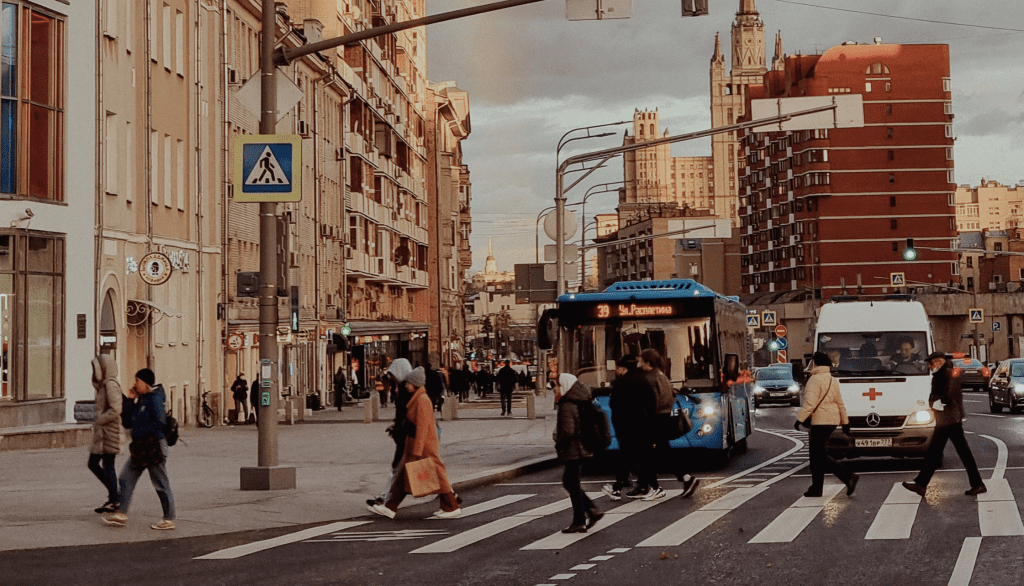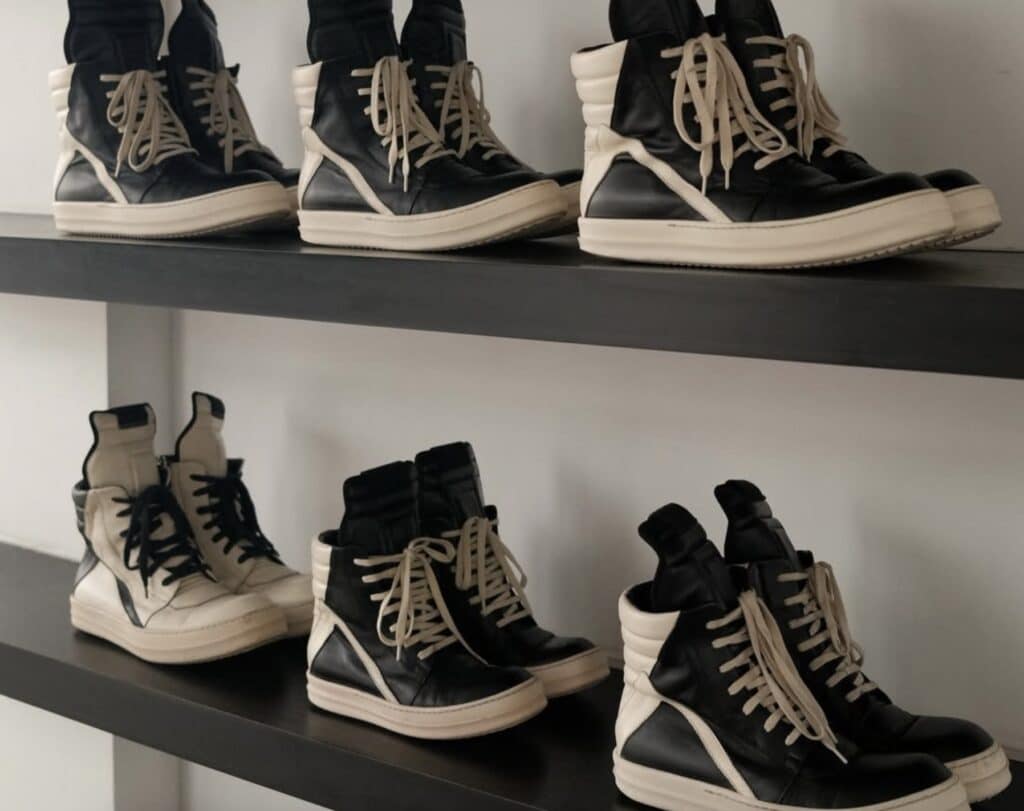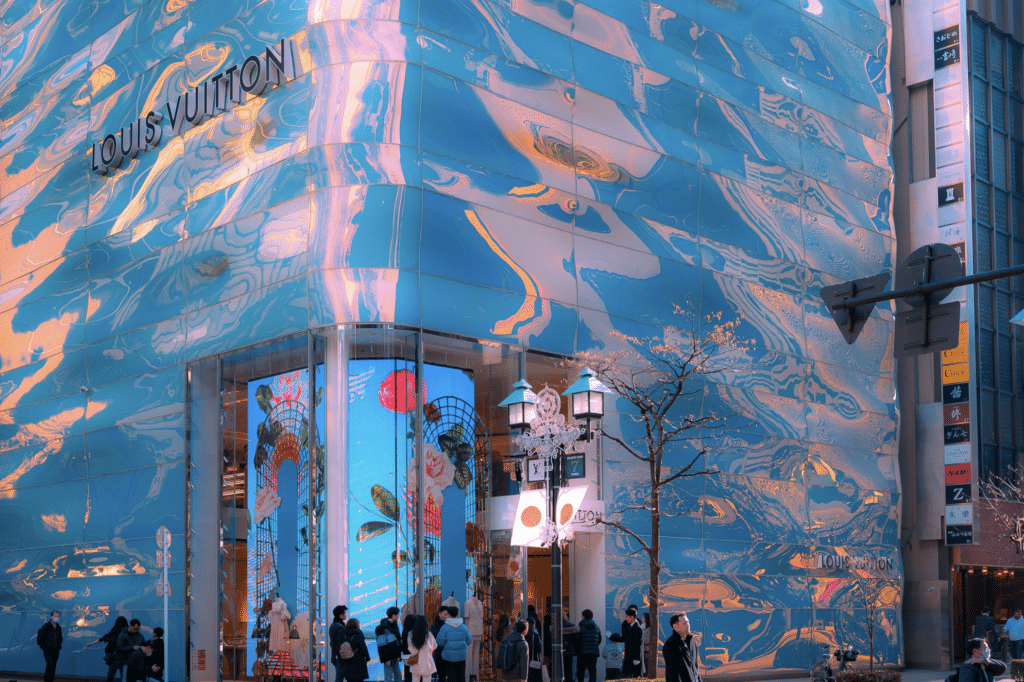A year after Russia’s deadly invasion of Ukraine, the White House announced additional actions “to support Ukraine and hold Russia accountable.” Among them is a ban that specifically mentions luxury goods. In addition to taking “several export control actions,” such as “listing nearly 90 Russian and third country companies, including [entities] in China, among other countries, on the Entity List for engaging in sanction evasion and backfill activities in support of Russia’s defense sector,” the Department of Commerce revealed on February 24 that it “will also take action alongside G7 partners and allies to align measures on industrial machinery, luxury goods, and other items.”
The impact on luxury goods brands as a result of war has been relatively minimal from a bottom line perspective. Bloomberg Intelligence reported in February that the Russia-Ukraine war has had “a limited direct effect” on the luxury-goods market, with “light asset-impairment write downs and little lost revenue.” The relative lack of damage is due in large part to the fact that major luxury goods makers’ share of revenue from the Russia market was limited to one to three percent prior to the war, with global purchases by Russian consumers averaging 5 percent.
For some context: French luxury goods titan LVMH, for instance, typically generated less than 2 percent of annual revenue from Russia, while Cartier-owner Richemont derived roughly 3 percent of its annual sales from the country in the past. These numbers are impacted, at least in part, by the fact that even before the start of the war, no shortage of deep-pocketed Russian consumers were doing part of their luxury shopping outside of the country in markets like London and Dubai, along with Milan and Paris. This trend has continued in the wake of the conflict, with rich Russians seeking refuge (and continuing to spend) in luxury havens like Dubai, where “the oligarchs and other cashed-up Russians and their riches are welcome,” as the UAE has “not followed western governments in using sanctions as retaliation for the invasion of Ukraine.”
Certain retailers and brands have made headlines in connection with their efforts to abide by luxury goods-specific sanctions. In April 2022, a spokesperson for Chanel confirmed that the brand had “rolled out a process” in its stores outside of Russia “to ask clients for whom we do not know the main residency to confirm that the items they are purchasing will not be used in Russia.” A month later, Harrods had reportedly begun “combing its customer database, singling out those with a Russian phone number or who have said they live in the country,” and alerting them that if they “might currently or ordinarily be a resident of Russia,” it cannot supply them with “luxury goods” worth more than £300.
While damage was also limited for brands on the ground in Russia given that their real estate and employee head-counts were also limited compared to other markets due to an overarching reliance on wholesale activities outside of flagship stores in Moscow, from a trademark perspective, the state of things is not quite so contained. A few key developments include …
Grey Market Goods – Expectations of an influx of parallel imports appear to have come into fruition. “While Coca-Cola stopped producing and selling drinks in Russia last year, others have been importing them, with labels on cans and bottles showing they have arrived from Europe, Kazakhstan, Uzbekistan and China,” Reuters reported recently. Not limited to beverages, the same pattern is playing out across industries; fashion, included.
Russia’s Industry and Trade Ministry opened the floodgates for grey market goods last year when it released a 25-page list of brands/products that could be imported into Russia without the threat of trademark infringement ramifications, enabling parallel imports of luxury cars bearing Bentley, Ferrari, and Rolls-Royce’s trademarks, among others, for example. Consumer electronics from Apple and Dyson, cosmetics, and fashion and leather goods have also been allowed in furtherance of what Russian authorities have called an attempt to “defend the interests of domestic consumers for products of those foreign companies that left the Russian market under the sanctions regime imposed by ‘unfriendly’ countries.”
Russia news outlet Izvestia reported on March 13 that the Russian Industry and Trade Ministry is adding new names to the growing list of permissible imports to specifically include companies like IKEA, American toymakers Hasbro and Mattel, Nintendo, and haircare brand Kerastase, Lancôme, Giorgio Armani, and Yves Saint Laurent, among others, with the list expected to increase further. “The Ministry intends to introduce not only individual trademarks, but also their parent companies,” per Izvestia, which “has the correct list and it is now being registered with the Ministry of Justice,” the Ministry said in a statement to Reuters.
“Tommy Hilfiger clothes will quickly appear on the shelves … after the order comes into force,” Izvestia reported (citing an unnamed source). Goods from other newly-included clothing and fragrance/cosmetics brands “will appear in the Russian Federation approximately in mid-summer, [as] purchases of them are already being prepared.”
The Rise of Daigou – A system that seems to resemble the Chinese daigou trade appears to have emerged, with individuals living outside of Russia (including in Turkey and Dubai) acquiring fashion/luxury goods and shipping them to individuals in Moscow.
Counterfeits – The market for counterfeit goods in Russia has continued in the wake of the war, with a number of physical markets in Moscow being cited in the Notorious Markets list released by the U.S. Trade Representative on Jan. 31. “The vast majority of the goods sold at [Dubrovka] market appear to be counterfeit footwear, apparel, and luxury watches,” the trade rep’s report revealed. It also stated that “some right holders reported that a de-prioritization of IP enforcement by Russia has led to a significant increase in the sale of counterfeit & pirated goods through well-known outlets.”
Bad-Faith Trademark Filings – From the outset, the Russian Trademark Office has seen rising levels of applications for trademarks that mirror those of well-known Western companies. Over the past few months, alone, Maserati, Lamborghini, YSL, Zara, H&M, and Calvin Klein have been among those targeted. Companies are encouraged to monitor their trademarks in Russia (to the extent possible) even in light of an uncertain future in that market.
Ultimately, what might be one of the most glaring takeaways here with regards to authentic goods being offered up in Russia without the trademark holders’ authorization is the extent of the difficulty that brand owners have when it comes to controlling the distribution of trademark-bearing goods.
This article was initially published on Feb, 28, and has been updated to include new additions to Russia’s list of allowable imports.











